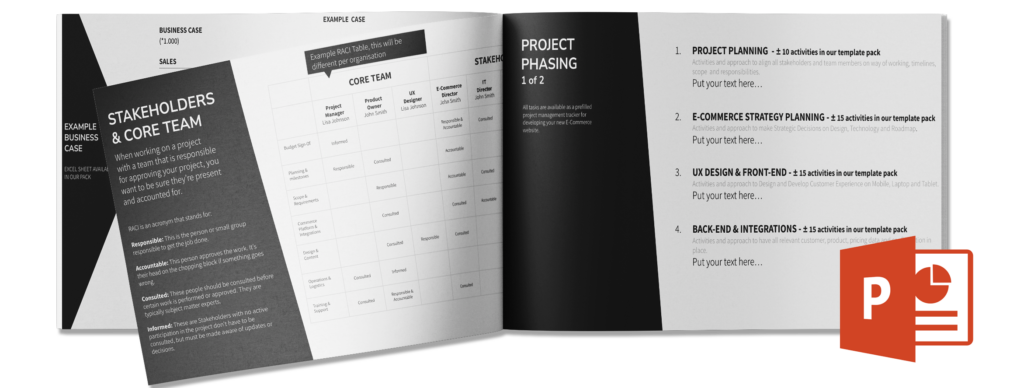An e-commerce website may include a variety of content types to help customers find and purchase products or services. Be sure to take enough time for writing your new content in your projectplan.
Some common types of content found on an e-commerce website include:
- Product descriptions: These provide detailed information about a specific product, including its features, specifications, and price. Product descriptions may be accompanied by product images, customer reviews, and related products.
- Category listings: These group products by category, such as “men’s clothing” or “home appliances.” Category listings help customers navigate the product selection and find products that are relevant to their interests.
- Blog articles: Some e-commerce websites include a blog section where they publish articles about products, industry trends, and other topics that may be of interest to their customers. These articles can help build trust and establish the website as a reliable source of information.
- Customer service information: This type of content provides information about how to contact customer service, return or exchange products, and track orders.
- Company information: This type of content gives customers information about the company, including its history, mission, and values.
- Legal documents: These include terms of service, privacy policy, and other legal documents that outline the rights and responsibilities of the company and its customers.
Writing Product descriptions that sell
Product descriptions are a key element of an e-commerce website, as they help customers understand the features and benefits of a product and persuade them to make a purchase. Make sure you have experienced copywriters in your Team, and allocate time in your Projectplan. Looking for a free template projectplan; check my downloads
Here are some techniques that can be used to effectively persuade customers through product descriptions:
- Use descriptive language: Use descriptive and specific language to convey the features and benefits of a product. This helps customers visualize using the product and understand how it can solve their problems or meet their needs.
- Emphasize the value of the product: Highlight the unique features or benefits of the product and how it offers value to the customer. For example, if a product is energy-efficient, emphasize the cost savings that the customer can expect.
- Use customer testimonials: Including customer testimonials in the product description can be a powerful way to persuade potential customers. Testimonials provide social proof and can help build trust and credibility for the product.
- Create a sense of urgency: Use language and techniques that create a sense of urgency for customers to make a purchase. For example, you could use phrases like “limited time offer” or “while supplies last” to encourage customers to act quickly.
- Use persuasive images: In addition to written content, product images can also be used to persuade customers. Use high-quality images that show the product in use and highlight its features and benefits.
- Offer guarantees or warranties: Including information about guarantees or warranties in the product description can help build trust and encourage customers to make a purchase.
- Use persuasive calls to action: A persuasive call to action, such as “add to cart” or “buy now,” can encourage customers to take the next step and make a purchase



